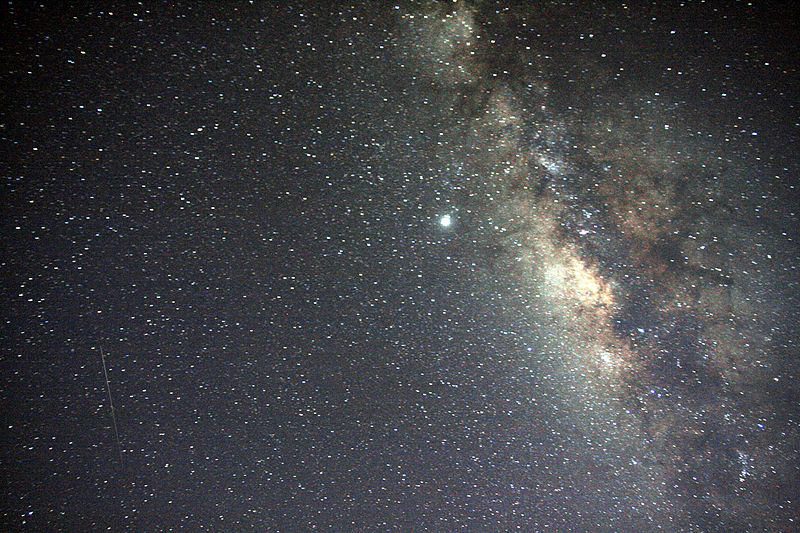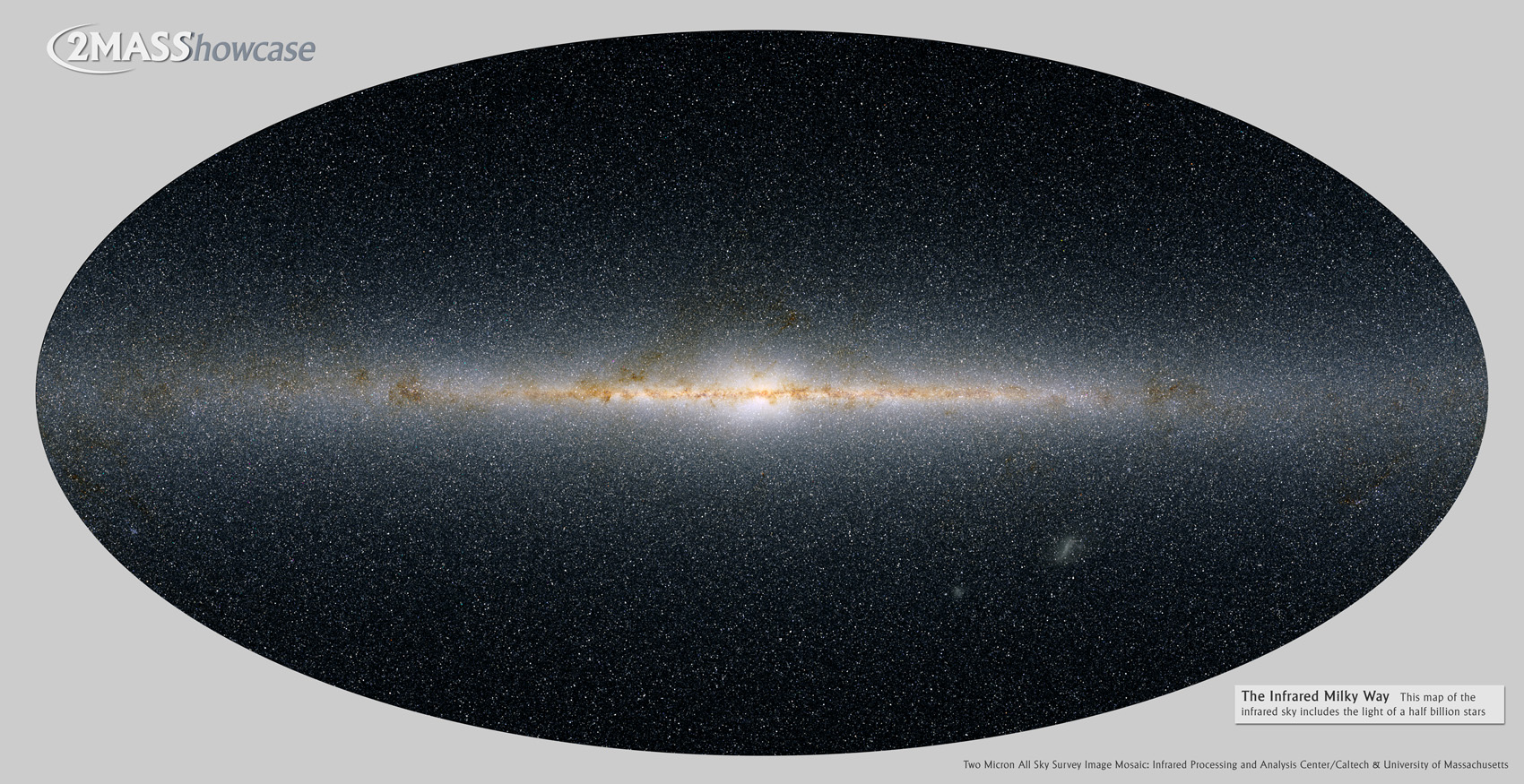The Milky
Way Galaxy
(Excerpt from: How do we know? Available on Amazon.com:
by
Kenny A. Chaffin
All Rights Reserved © 2013 Kenny A. Chaffin
You’ve seen
pictures of our Milky Way Galaxy, right? That beautiful jeweled pinwheel
spinning in space that is our home. Anyone would recognize their home wouldn’t
they? But wait, where did that picture come from? The Milky Way Galaxy is 100,000
light years across and the furthest man-made camera capable of taking such a
picture is only now (after traveling for 35 years aboard the Voyager
spacecraft) at the edge of our tiny solar system. A solar system that is
located deep inside a spiral arm of that galaxy in the picture. How could we possibly
have a picture of it? The truth is we don’t. It’s all made up, an artists
simulation. We’ve never actually seen it and probably never will. The vantage
point shown in most simulated images would take hundreds of thousands if not
millions of years to reach and an equivalent amount of time to send the picture
back even at the speed of light. We humans are however quite resourceful and
have used our intellect and our instruments to work out how our galaxy would
look from a different vantage point.
Via lactea is the Latin name from which The
Milky Way is derived. Looking up into the night sky far from the light
pollution of our cities it is a glorious sight to see, a glowing whitish
milk-like swath of light across the night sky. It was unknown and unexplained
for most of our history until Galileo in 1610 trained his telescope upon it and
was astounded to find that it is actually composed of millions of tiny stars.
We see this swath of glowing light across our sky because we are looking at the
other stars in our galaxy edge-on from our vantage point in the Orion Spur about
two-thirds of the way out from the center of the galaxy.
So if we
are inside how can we know what our galaxy looks like from outside? It’s a bit
like trying to see the inside of your own eye. For that there is a special
instrument with mirrors and lenses that will let you see the inside of your eye.
To know what our galaxy looks like we use the instrument of science to assemble
the pieces, the knowledge we have from observations both by eyesight, optical
and radio telescopes, and our rational reasoning in such a way that we are reasonable
confident we know what our galaxy looks like. But how? We started with the
knowledge provided by Galileo that the milky swath across the sky is actually
composed of millions of tiny stars. Knowing nothing else we could assume all
stars were the same size and brightness and that the apparent brightness and
size of a star would depend on its distance from us. Just as when you approach
a car or streetlight the light becomes bigger and brighter the closer you get. The
same applies to any other light, including stars. Of course some lights are
inherently brighter or dimmer so this must be taken into account. Some stars
might naturally be brighter or dimmer than others. If we could assign an
average brightness to most stars we could then make a calculated guess as to
their distance. But how do we know what distance corresponds to what
brightness?
Here’s
where a bit of math and trigonometry magic comes in. Not to delve too far into
other areas, but once we know the length and size of the Earth’s orbit around
the sun we can use that distance to measure the stars. By locating a near-by
(i.e. bright) star such as Andromeda and measuring its position against the far
distant stellar background from opposite sides of the Earth’s orbit (e.g.
measure the star’s position in June and December or any other 6-month interval)
we can use trigonometry with the Earth’s orbital diameter and the angle to the
star being measured (relative to the background stars) to determine its physical
distance from the Earth.
Given that,
we can assume the same relative brightness for the same type of star and
calculate the distance to that star based on its brightness and dimming of the
light. This technique is called the ‘standard candle’ technique and is used in
various guises throughout astronomy. It can be used to measure within our solar
system, galaxy or between galaxies depending on what light source is being used
as a standard candle. Simple right? Of
course this method is fraught with potential error and assumptions. Assumptions
such as all similar stars having the same brightness, interstellar space being
free of gas and dust which could affect the brightness of distant stars (this
of course we knew, or guessed simply from looking at the Milky Way and its dark
areas and wondering why there were no stars there). More recently we've been able to observe the
universe with infrared, x-ray and radio waves which allow us to see through
interstellar dust and gas and validate optical measurements and obtain
measurements we could never get through an optical telescope.
The Milky Galaxy
So to get
back to the Milky Way and how we know what it looks like, we can measure the
distances to the visible stars and plot them on a three dimensional graph. When
we do we get a good approximation of a spiral type galaxy.
We know from Hubble’s discovery of
distant galaxies that there are only a few types of galaxies – the spiral
galaxy being one of the most prominent. So we make an assumption.
From
infrared surveys (infrared light passes through interstellar dust and gas) we
get a reasonably clear picture of our galaxy from our position within it without
the dust blocking other stars.
Additional
detailed measurements and plotting of stars reveals further that our galaxy is
not a true spiral galaxy, but a ‘barred’ spiral meaning that there is flat
rectangle bar of stars extending from the central bulge. Even given our
outstanding astronomical equipment there is still controversy over the number
and size of the spiral arms and spurs such as the Orion Spur to which our sun and
solar system belongs.
This is a current artist’s
conception of our galaxy based on data from NASA. The Sun is located at the
lower center with the coordinate graph radiating from it.
It is
thought that there is a supermassive black hole at the center of our Milky Way
galaxy just as there are in the centers of other galaxies. There is no danger
in this as we are some 25-30,000 light years from the galactic center
(depending on the calibration of our standard candles). We still have much to
learn about galactic formation and that will be a topic for another of these
essays. It could be that the black hole is the reason the galaxy forms around
it or alternatively it could be that the gravity at the center of the spinning
galactic disc prompts the formation of a supermassive black hole.
Using our radio telescopes, the
Chandra x-ray observatory, the Hubble and James Webb space telescopes as well
as others in all the various bands of the electromagnetic spectrum we will
continue to refine our measurements and knowledge of what the Milky Way Galaxy
looks like from outside as well as the interior details. We’ll never actually
know for certain what it looks like from the perspective shown above (unless of
course we suddenly invent some kind of warp drive that can take us there) but with
science we will continue to refine our concepts of our galactic home and what
it looks like to others from their homes in galaxies far far away.
References/Resources/Links
Milky Way Galaxy:
Mapping the Milky Way:
Milky Way Galaxy:
2Mass Sky Survey:
Nasa Milky Way Artist Simulation:
Cosmic Distance Ladder (measurement):
About the Author
Kenny A. Chaffin writes
poetry, fiction and nonfiction and has published poems and fiction in Vision Magazine, The Bay Review, Caney
River Reader, WritersHood, Star*Line, MiPo, Melange and Ad Astra and
has published nonfiction in The
Writer, The Electron, Writers Journal and Today’s Family. He grew up in
southern Oklahoma and now lives in Denver, CO where he works hard to make
enough of a living to support two cats, numerous wild birds and a bevy of
squirrels. His poetry collections No
Longer Dressed in Black, The
Poet of Utah Park, The Joy of Science, A Fleeting Existence, a collection of science essays How do we Know, and a memoir of growing up on an Oklahoma farm - Growing
Up Stories are all available at Amazon.com: http://www.amazon.com/-/e/B007S3SMY8. He
may be contacted through his website at http://www.kacweb.com.



Very interesting and exciting.
ReplyDeleteIt actually puts into perspective the fact that we don't actually KNOW anything. We only make deductions.
Deductive reasoning is very misleading, it once told us that the earth is flat and, although we have disproved this idea, much of what we regard to be factual information can be rendered myth in the future ... which is quite a frightening thought.
Very intriguing indeed. :)
Thanks Sharon.
ReplyDelete